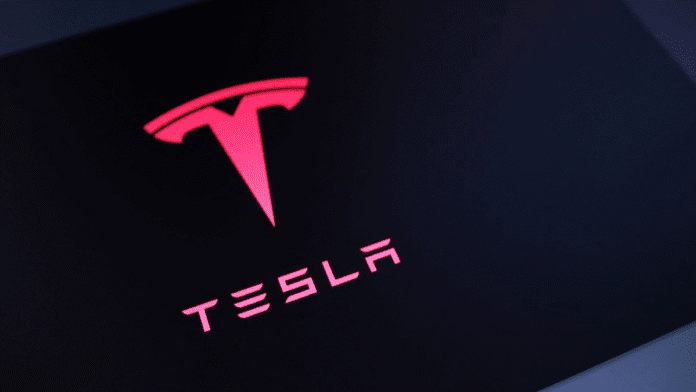🕒 Last updated on October 8, 2025
Tesla, the electric vehicle giant led by Elon Musk, saw its shares tumble by around 4% after unveiling slightly cheaper versions of its two most popular cars in the United States. The announcement failed to excite investors, who were expecting more significant price reductions or a truly affordable Tesla model.
Modest Price Cuts for Model Y and Model 3
The company recently introduced new versions of the Model Y SUV and Model 3 sedan, aimed at making Tesla cars slightly more accessible to U.S. consumers. These releases follow the expiration of a key U.S. tax credit for electric vehicles, which previously helped reduce the cost of buying an electric car.
The price cuts, however, were smaller than expected. The Model Y is now priced at $39,990, while the Model 3 starts at $36,990. This represents only a $5,000 reduction compared to previous versions, which disappointed investors.
These versions are also stripped-down models, meaning they lack some features found in other Tesla vehicles. The company has not yet listed these versions on its UK website, keeping the focus on the U.S. market for now.
CEO’s $1 billion Tesla buy seen as high-stakes vote of faith in company’s AI and EV vision
Investor Reactions and Market Challenges
The modest price cuts left investors underwhelmed. James Stanley, a macro analyst at StoneX, noted that Tesla’s announcement reflected the downside of the company’s long-term focus on future technologies.
Tesla has faced several challenges in recent months. In the second quarter, sales fell 12% to $22.4 billion, while deliveries dropped 14%, marking the largest decline for the company in over a decade. The slowdown follows a previous boom in sales, which analysts said was driven largely by buyers rushing to take advantage of the government subsidy before it expired.
The company’s recent major launch, the Cybertruck, has also seen limited success. Since deliveries began in 2023, roughly 52,000 units have been sold in the U.S., reflecting slower-than-expected adoption for Tesla’s new models.
86% of Tesla’s future revenues hinges on a fleet that doesn’t exist yet
Pressures on Tesla’s Core Business
Despite Elon Musk’s growing focus on artificial intelligence, robotaxis, and humanoid robots, Tesla remains heavily reliant on its core vehicle business. This segment faces multiple pressures, including fading government support for electric cars, growing competition from Chinese automakers, and consumer concerns over Musk’s involvement in political matters earlier this year.
The end of the U.S. EV tax credit directly affected Tesla pricing. Vehicle prices rose by as much as $7,500 after the credit expired at the end of September, making cars more expensive for buyers and placing additional pressure on Tesla to maintain sales.
The newly released lower-cost versions of the Model Y and Model 3 are partly aimed at offsetting the loss of this credit. However, the modest price reductions and stripped-down features left some buyers and investors feeling underwhelmed.

